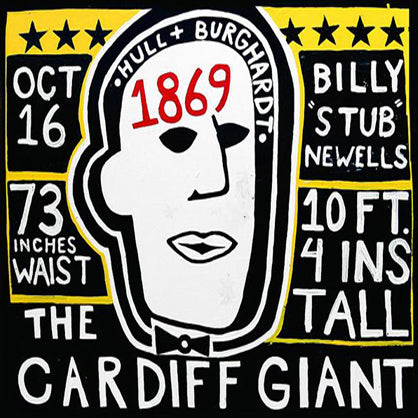





Invoking notions of authenticity and absurdity, Cardiff Giant alludes to one of the most famous hoaxes in United States history. Discovered on October 16, 1869, by workers digging a well behind William C. “Stub” Newell’s barn in Cardiff New York, the Cardiff Giant, was a ten foot tall supposedly ‘petrified man.’ George Hull, a New York businessman and atheist, commissioned the creation of the giant following an argument at a Methodist revival meeting in which attendees discussed the claim in Genesis 6:4 that giants once walked the earth. Hull then hired men to cut a man out of a block of gypsum from Fort Dodge, Iowa which he then shipped to New York and then had the German stonecutter Edward Burghardt carve it into the likeness of a man. Various stains and acids were employed to make the giant appear more human-like. Before even transferring the giant to his cousin’s farm (William Newell), Hull had already spent thousands of dollars on the scheme. Newell was in on the plot and hired two men to dig a well, only to discover the giant. Newell then charged people 25c. to come see the enigmatic man. People flocked to the site in hoards and Newell was able to increase his price within days. Many archaeological experts and scientists declared the giant a fake, but some theologians and preachers defended its authenticity. Hull eventually sold his share of the interest to a syndicate of five men, led by David Hannum. The group moved the giant to Syracuse, New York to be put on display for exhibition. The giant was such a success that P.T. Hannum offered $50,000 for it. Hannum was so keen on acquiring the giant, that when the group turned him down he commissioned a man to create a plaster replica. Hannum then put his new giant on display and claimed the Cardiff Giant was a fake. Hull then raised a lawsuit against Hannum for his supposedly defamatory statements, but eventually both men admitted the truth behind the ‘giants.’ While the story of the Cardiff Giant begins as a fascinating regional account it achieves national acclaim and even inspired artists to explore its thematic challenges. The New York post-modern artist Jean-Michel Basquiat, notably examined the story in his work Hoax (1983). Similarly to Basquiat, Cronin incorporates text and creates strong strokes with outlined marks. Clearly referring to the narrative, Cronin includes the date the giant was found ‘October 16, 1869,’ as well as the names of the key players involved in finding and creating the giant and most directly the name of the giant. By using a stark color palette, attention is drawn to the typography and information. Appearing almost as an advertisement to see the giant, the painting acts guide to a larger narrative.
© 2025, Ryan Cronin Powered by Shopify
